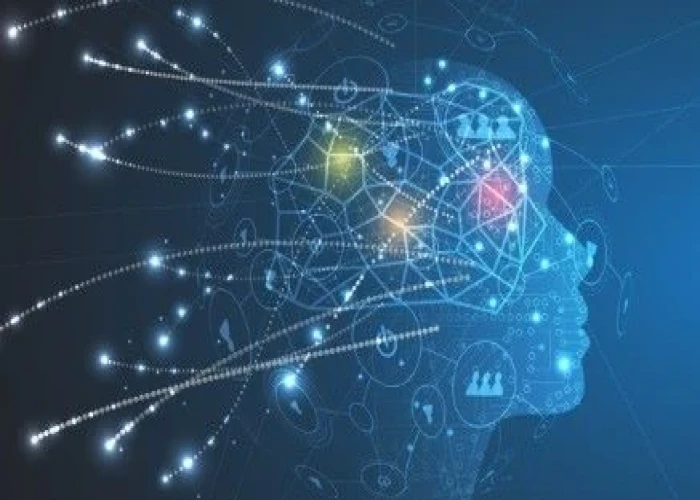 Welcome
Welcome
“May all be happy, may all be healed, may all be at peace and may no one ever suffer."
Primary lateral sclerosis (PLS)

Primary lateral sclerosis (PLS) is a rare neurological disorder that affects the upper motor neurons in the brain and spinal cord. It is considered a type of motor neuron disease, but unlike other motor neuron diseases such as amyotrophic lateral sclerosis (ALS), PLS does not affect the lower motor neurons that control movement in the muscles of the arms, legs, and face.
The symptoms of PLS usually begin in the legs, with stiffness, weakness, and spasticity (increased muscle tone) being the most common early signs. Over time, the symptoms may progress to involve the arms and eventually the muscles of the face and throat. People with PLS may experience difficulty with movement, balance, speech, and swallowing, but typically do not experience muscle wasting or fasciculations (muscle twitches).
PLS is a progressive disorder, but the rate of progression can vary widely from person to person. It is generally a slow-progressing disease, with most people with PLS surviving for many years after diagnosis.
There is no cure for PLS, and treatment is primarily focused on managing symptoms and maintaining function. Medications such as muscle relaxants and anti-spasticity drugs may be prescribed to help with muscle stiffness and spasms, and physical therapy and assistive devices may be used to help maintain mobility and independence. In some cases, speech and swallowing therapy may also be recommended.
The cause of PLS is not well understood, but it is thought to be a result of a combination of genetic and environmental factors. It is typically diagnosed through a combination of clinical examination, neurological testing, and imaging studies such as magnetic resonance imaging (MRI) or electromyography (EMG).
Research Papers
Disease Signs and Symptoms
- Hand weakness and clumsiness
- Difficulty swallowing (dysphagia)
- Rapid mood chang
- Stiffness, weakness and muscle spasms (spasticity) in legs, often starting in one leg
Disease Causes
Primary lateral sclerosis (PLS)
In primary lateral sclerosis, the nerve cells in the brain that control movement (upper motor neurons) slowly break down and fail over time. This makes the nerves unable to activate the motor neurons in the spinal cord, which control voluntary muscles. This loss causes movement problems, such as difficulty with balance, weakness, slowed movement and clumsiness, and problems with speech and swallowing.
Adult-onset primary lateral sclerosis
The cause of PLS that begins in adulthood is unknown. In most cases, it's not an inherited disease, and it's not known why or how it begins.
Juvenile primary lateral sclerosis
Juvenile PLS is caused by mutations in a gene called ALS2.
Although researchers don't understand how this gene causes the disease, they know that the ALS2 gene gives instructions for creating a protein called alsin, which is present in motor neuron cells. When the instructions are changed in someone with juvenile PLS, the protein alsin becomes unstable and doesn't work properly, which in turn impairs normal muscle function.
Juvenile PLS is an autosomal recessive inherited disease, meaning that both parents have to be carriers of the gene to pass it to their child, even though they don't have the disease themselves.
Disease Prevents
Disease Treatments
There are no treatments to prevent, stop or reverse primary lateral sclerosis. Treatment, which focuses on relieving symptoms and preserving function, can include the following options.
Medication
Your doctor might prescribe medication to relieve symptoms:
- Muscle spasms (spasticity). Spasticity may be relieved by medications such as, baclofen, tizanidine (Zanaflex) or clonazepam (Klonopin). These medications are taken by mouth.
- If your spasticity isn't controlled with oral medication, your doctor might recommend surgically implanting a medication pump to deliver baclofen directly to your spinal fluid (intrathecal baclofen).
- Emotional changes. If you have frequent, rapid and intense shifts in emotions, your doctor might prescribe antidepressants.
- Drooling. Drooling may be helped by amitriptyline or other drugs.
Physical and occupational therapies
Stretching and strengthening exercises can help maintain muscle strength, flexibility and range of motion and prevent joint immobility.
Speech and language therapy
If your facial muscles are affected by PLS, speech therapy might help with communication and swallowing.
Nutrition support
If you experience difficulty with chewing and swallowing that make eating difficult, a nutritionist can offer diet tips, nutritional supplements or special feeding methods to help maintain your body weight.
Assistive devices
As PLS progresses, physical or occupational therapists may evaluate you periodically to determine whether you need assistive devices, such as a brace, cane, walker or wheelchair. Assistive technology devices may help with communication.
Disease Diagnoses
Disease Allopathic Generics
Disease Ayurvedic Generics
Disease Homeopathic Generics
Disease yoga
Primary lateral sclerosis (PLS) and Learn More about Diseases
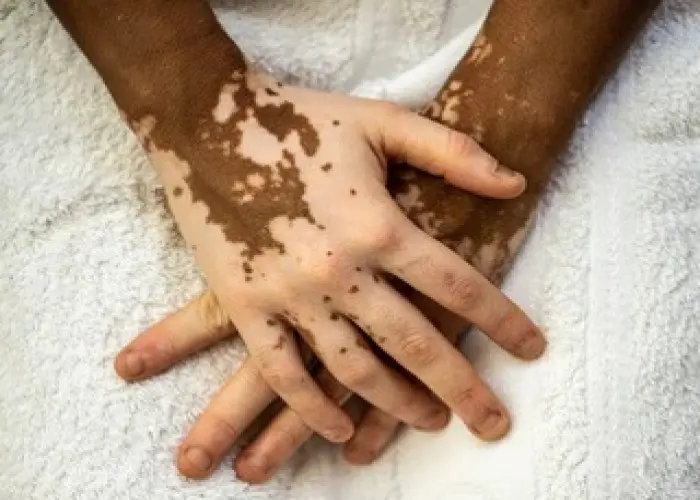
Albinism

Testicular torsion

Henoch-Schonlein purpura
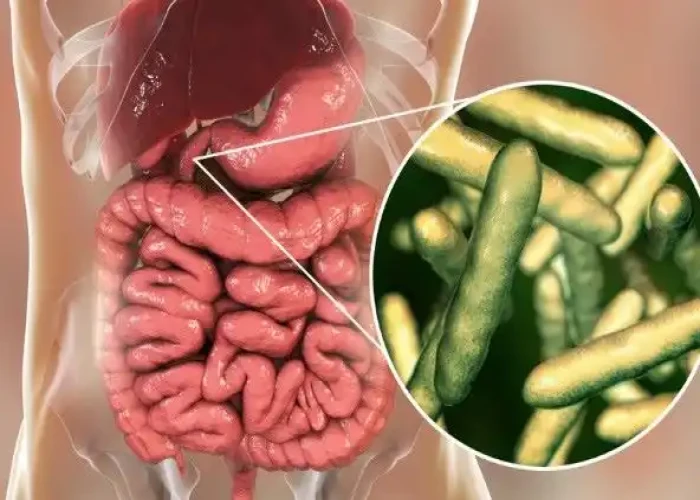
Whipple's disease

Primary ovarian insufficiency

Sleep terrors (night terrors)
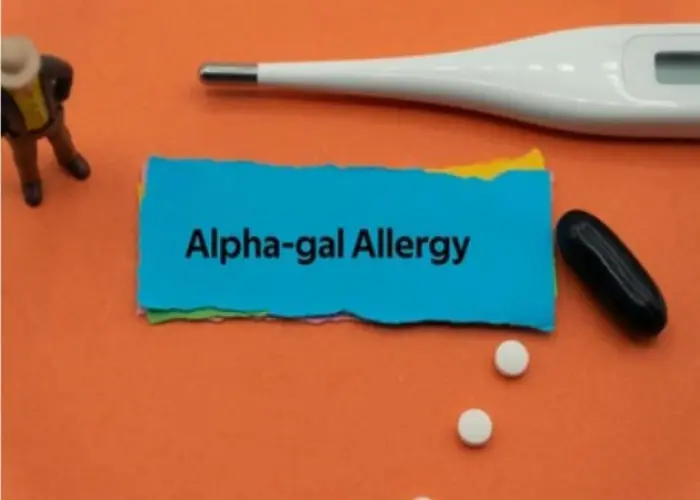
Alpha-gal syndrome
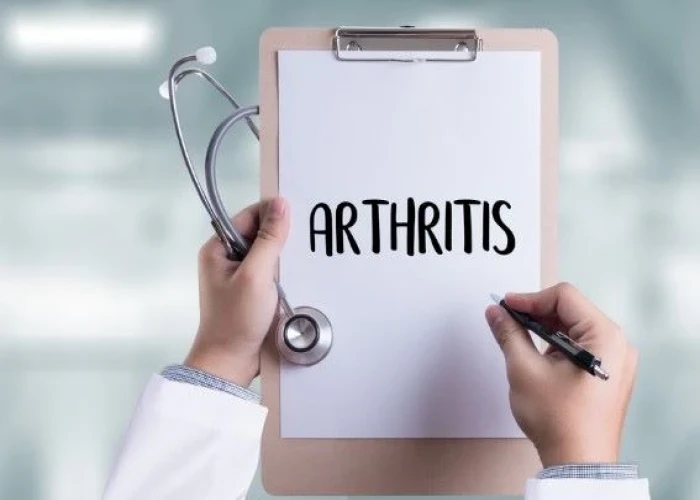
Juvenile idiopathic arthritis
Primary lateral sclerosis, pls প্রাথমিক পার্শ্বীয় স্ক্লেরোসিস, পিএলএস
To be happy, beautiful, healthy, wealthy, hale and long-lived stay with DM3S.
